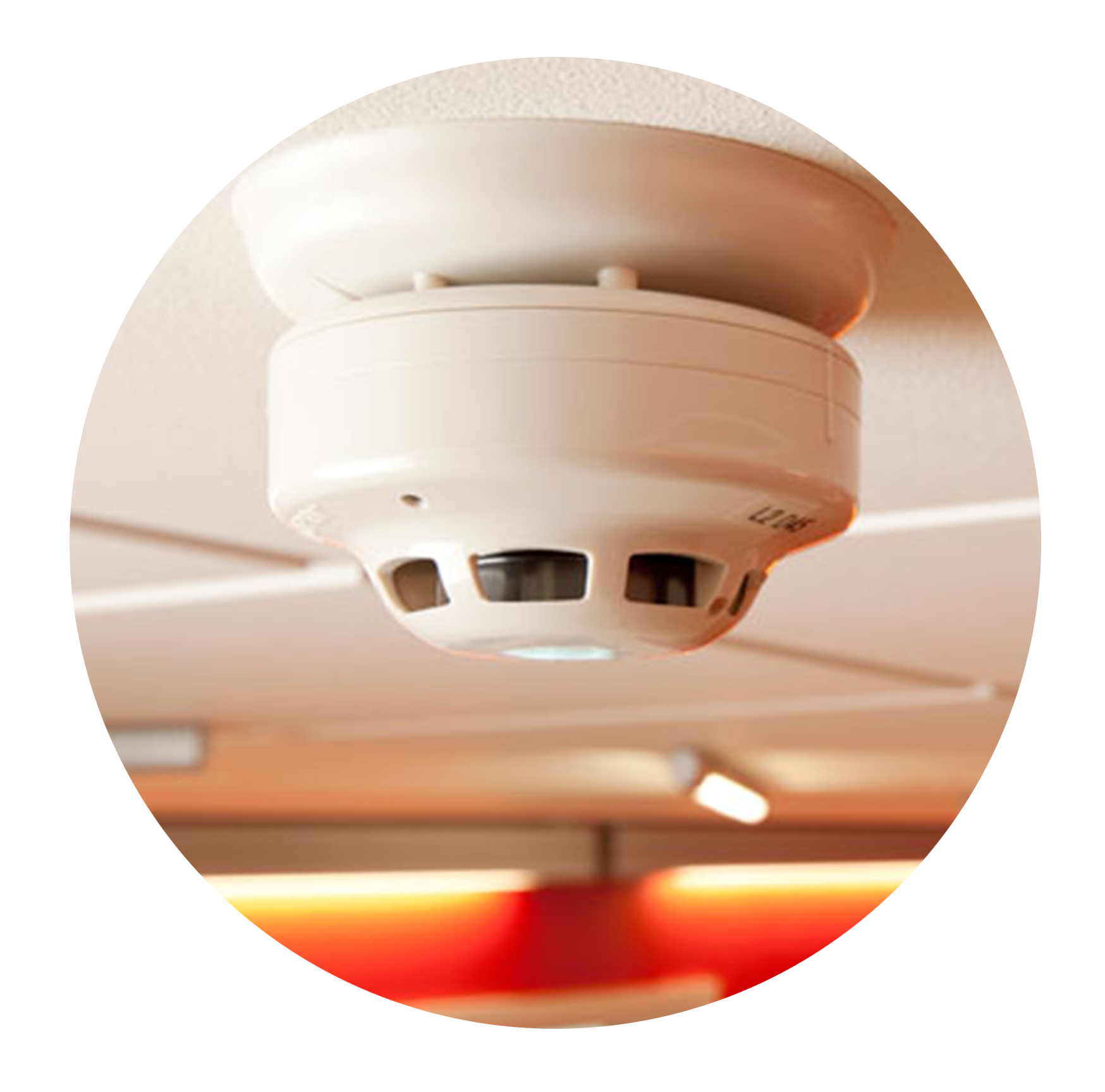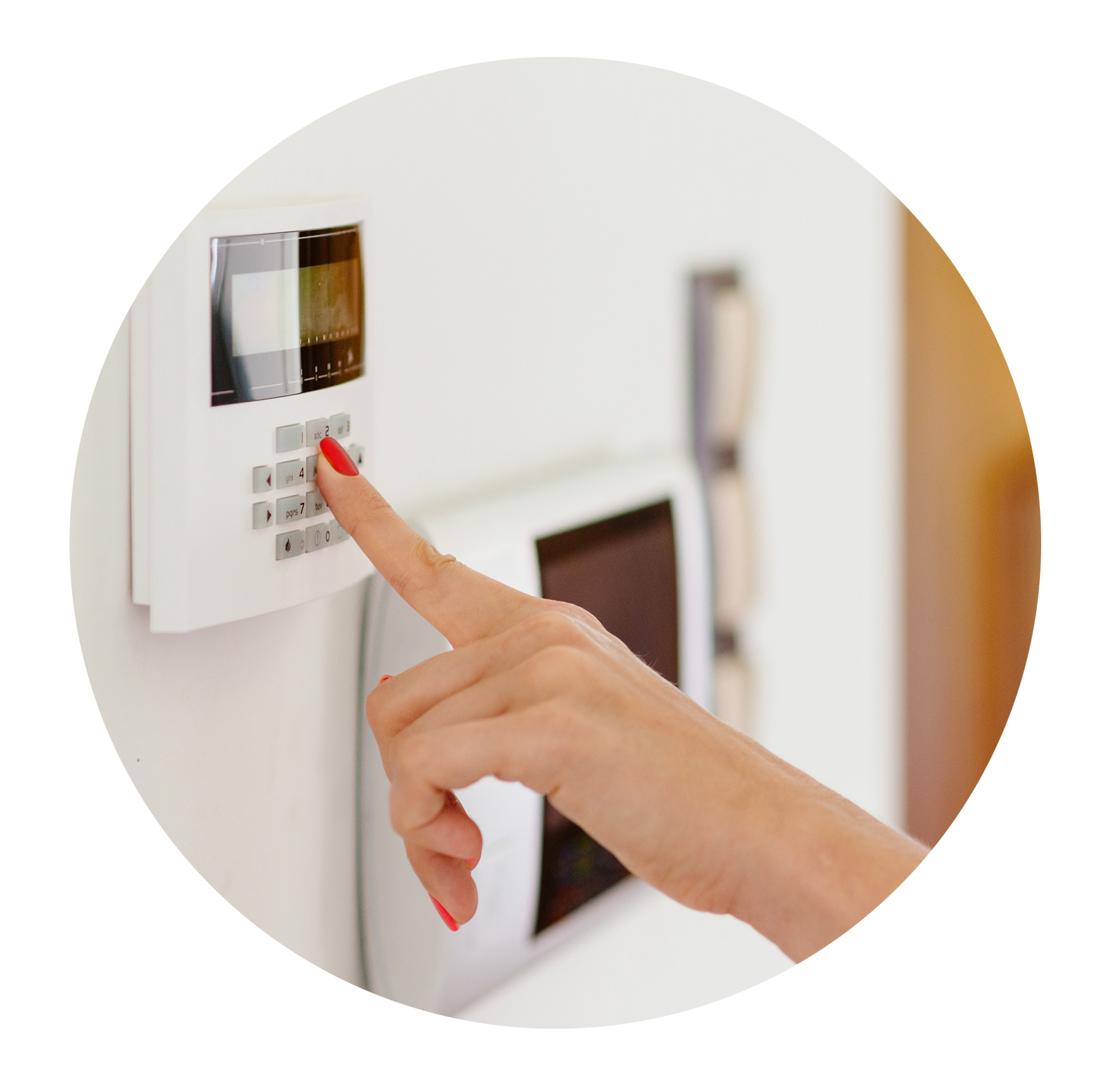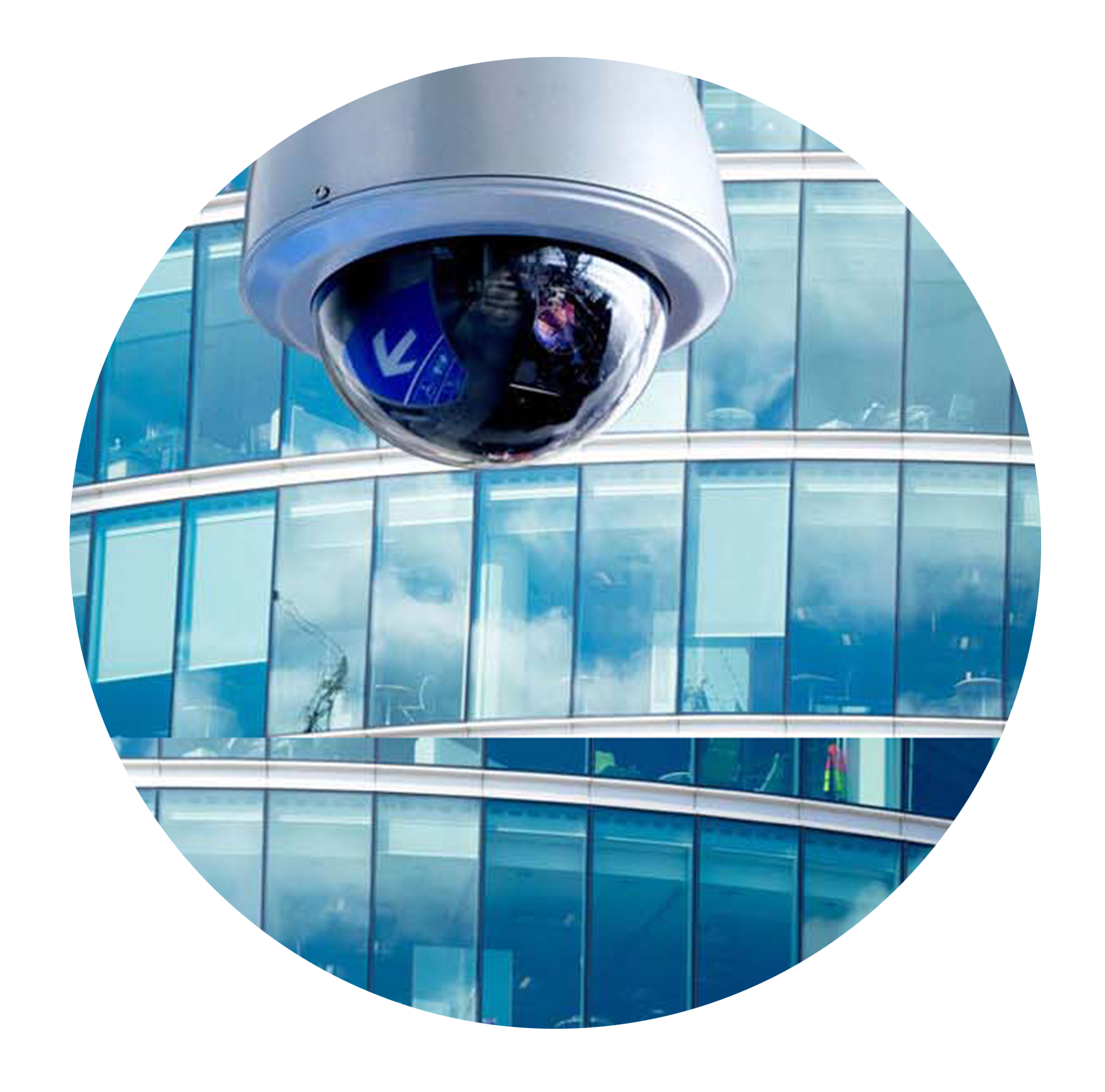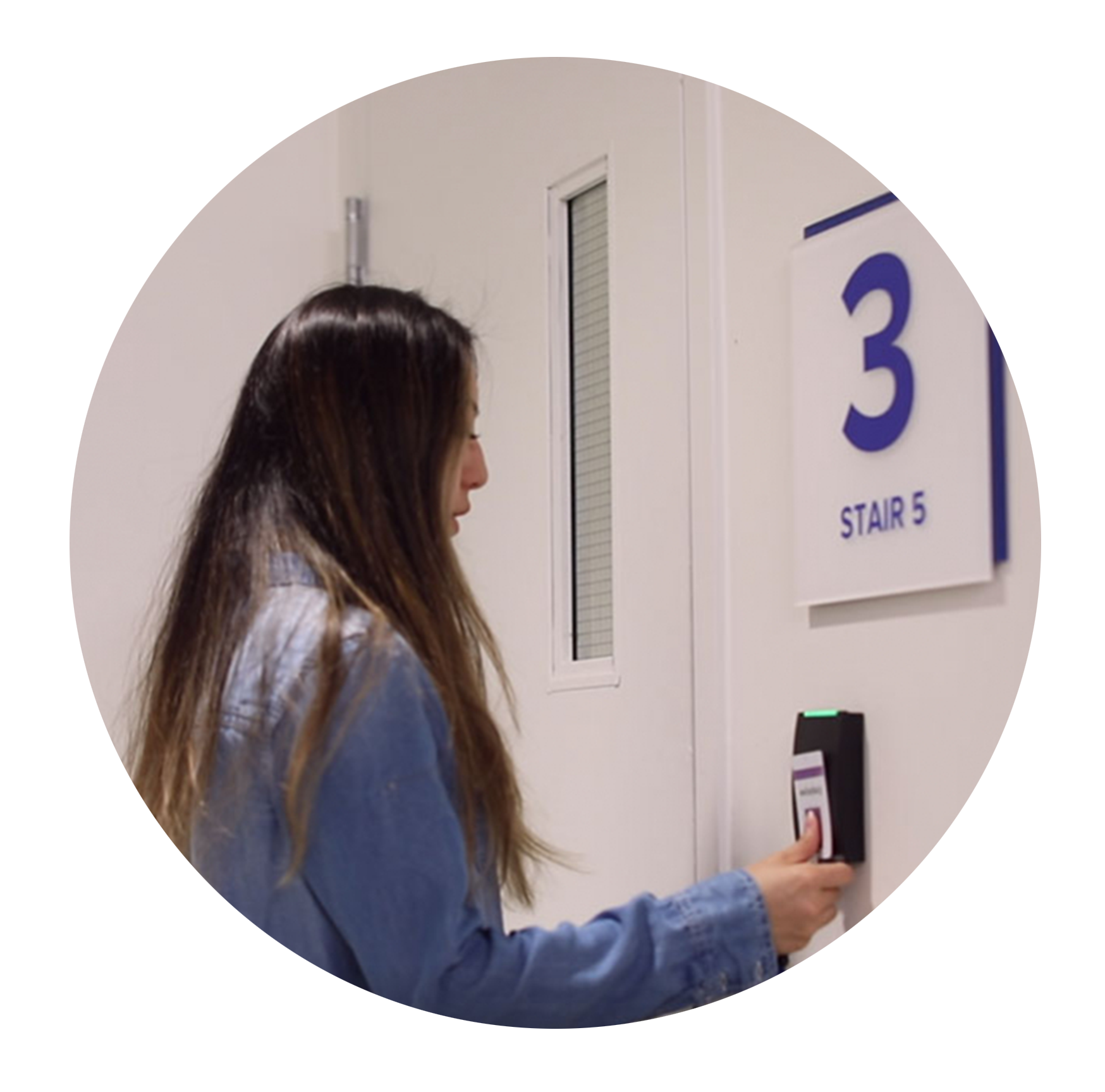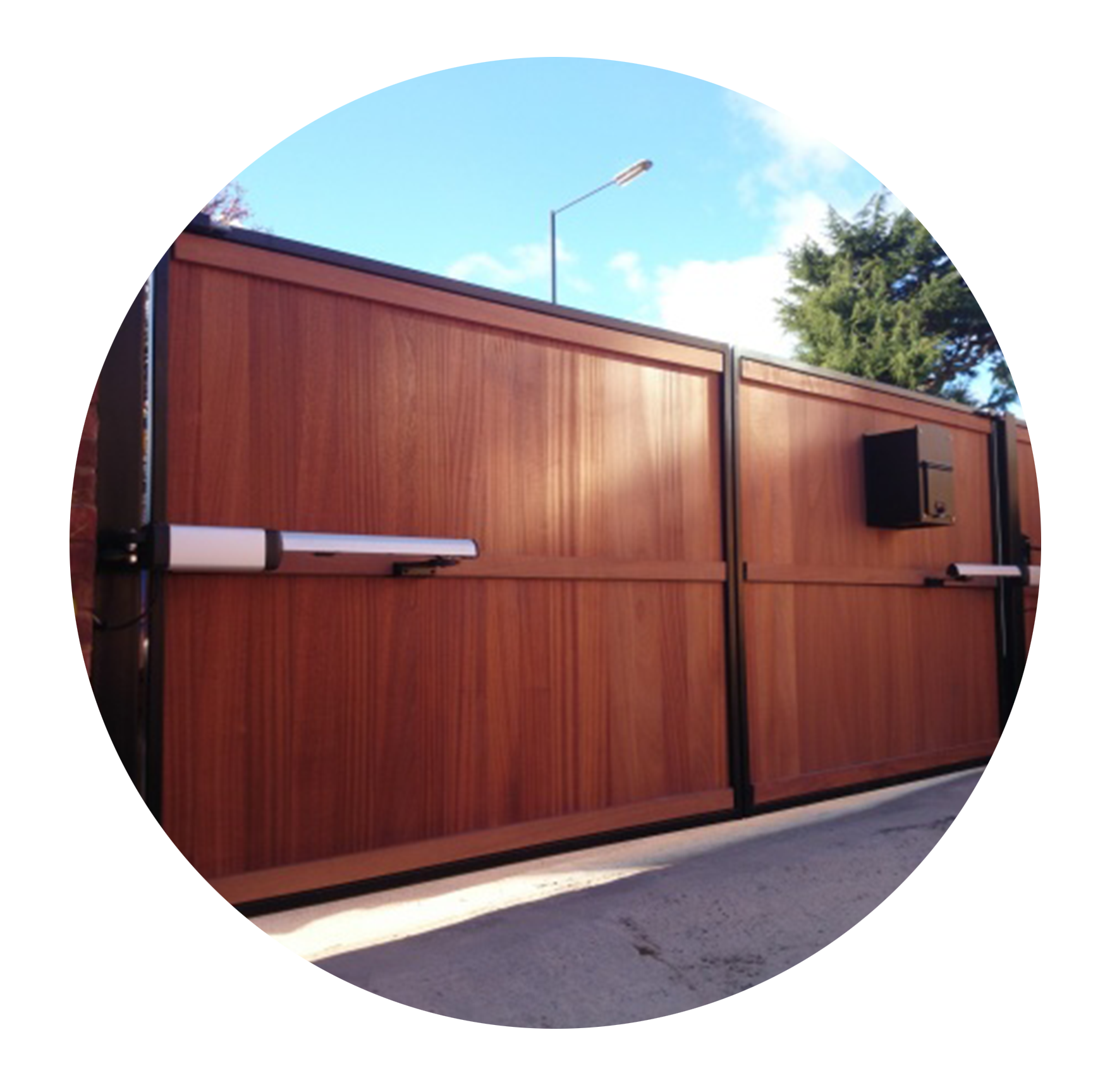KEEPING YOU SAFE
0117 966 4881
FIRE ALARM SYSTEMS AND FIRE EXTINGUISHERS
Fire alarm systems play a vital role in in the safety and notification of occupants in multi housing developments, employee safety, reducing the risk of damage to stock and premises.
ADVANCED TECHNOLOGIES
With the advancements in technologies and the demands on the electrical infrastructure, fire alarm systems have never been more vital than they are now. With the ever-growing risk of fire, it is imperative that a system is designed to the highest specification possible whilst keeping budget in mind, after all we don’t have an open check book.
DESIGN
Since 1st of October 2006 it has been the responsibility of non-domestic premises owners to carry out a fire risk assessment, using this information and discussion with the premises owner we can design a tailor-made state of the art fire alarm system to meet any demands.
Need fire extinguishers? We can also supply, install, commission and service all types of fire extinguishers. Unfortunately, we do not offer a re-fill service at this time.
Free on site no obligation consultation and insurance specifications (where required)
Full in-house design and installation service, carried out by our highly experienced design and installation teams
Visual fire detectors
Fire brigade calling systems
Potable Fire Extinguishers
Annual maintenance agreements of new systems and takeover of old systems.
Free on site no obligation consultation and insurance specifications (where required)
A wide range of system types from conventional to multi-site analogue addressable systems
Aspirating smoke detection (air sampling)
Peer to peer network systems
24hour, 7 days a week, 365 days a year customer support and call out service
BAFE certificate
Latest Home Office statistics reveal that 42% of all attendances by the Fire and Rescue Services were due to false alarms. The main causes were activation by pollutants, faulty equipment and lack of familiarity with the system. Faulty alarms can lead to complacency or a failure to detect an actual fire, putting employees and your business at risk. Keep your system in good working order by implementing our top tips below.
10 Ways to Reduce False Alarms
It may sound obvious but ensure that your system is inspected and maintained in accordance with BS5839-1 ‘Code of practice for design, installation, commissioning, and maintenance of systems in non-domestic premises’. Check whether your maintenance company inspects to this standard. Having a maintained alarm system may well form part of your insurance requirements.
Where inspection identifies a problem, then arrange for it to be rectified quickly. Filing inspection reports without checking that there are remedial works required is far more common than is realised! Where you have multi-site operations assign responsibility for ensuring maintenance is carried out to a specific individual.
Many false alarms are caused by airborne contaminants setting off alarms. For example, optical sensors in a warehouse can easily be triggered by dust, whereas heat detectors will not. If you are experiencing false alarms, then check whether you have the most appropriate sensors installed.
Speak to your installer to determine whether sensors can be relocated from troublesome areas.
If you have a monitored fire alarm system that is prone to false alarms on a regular basis, check with your monitoring company that they will still summon the Fire Service if they can’t easily get hold of a key-holder – it may be a genuine fire!
Notify your insurance company if you make any changes to your fire alarm system, including the maintenance schedule. Failure to do so could render your policy invalid.
Where manual activation points are accidentally triggered, then install protective covers.
Where malicious activation of fire alarms is a problem. Look at installing CCTV as a deterrence.
Some alarm systems can be provided with a built-in delay allowing any alarm to be investigated before it is relayed outside the organisation. Speak to your competent installer to determine whether this would be a viable option and review your fire risk assessment.
Building and maintenance works are notorious for triggering false alarms. Always liaise with contractors to ensure that they take appropriate precautions such as installing dust covers. Where such covers are installed, or part of your system is isolated then check that the covers have been removed and the system is functional once works are completed. Don’t forget to increase surveillance in these areas in case an emergency does arise.




